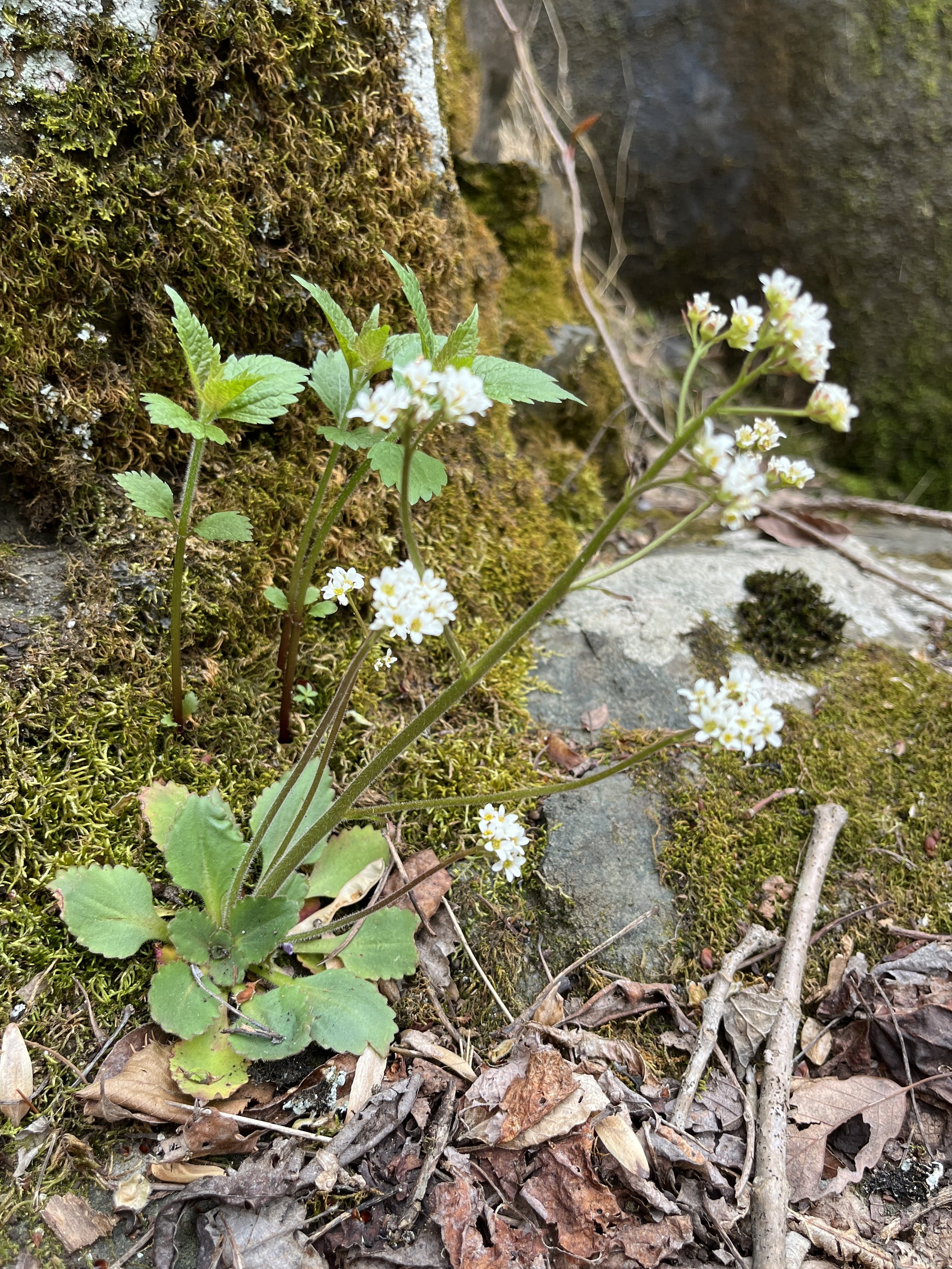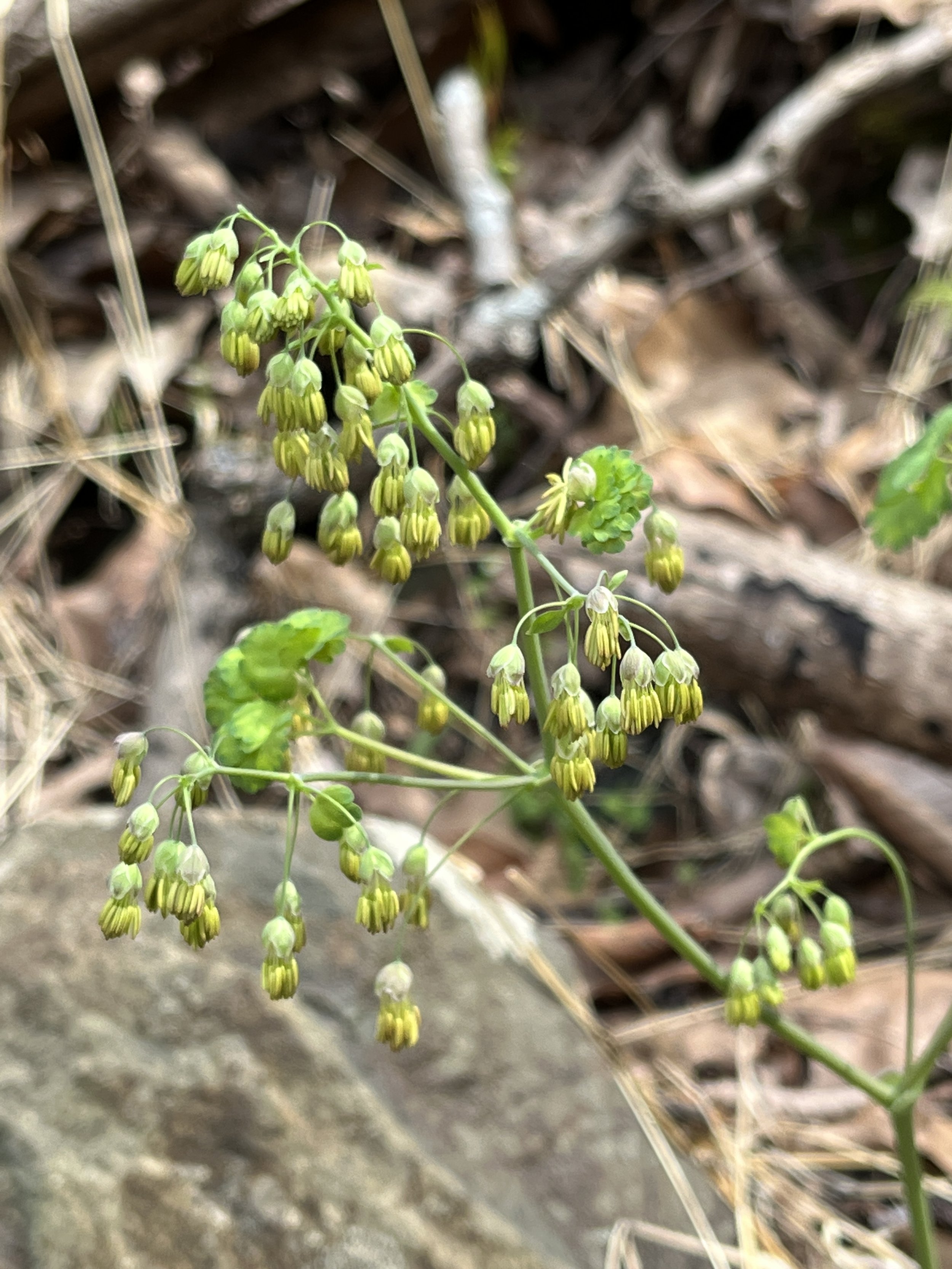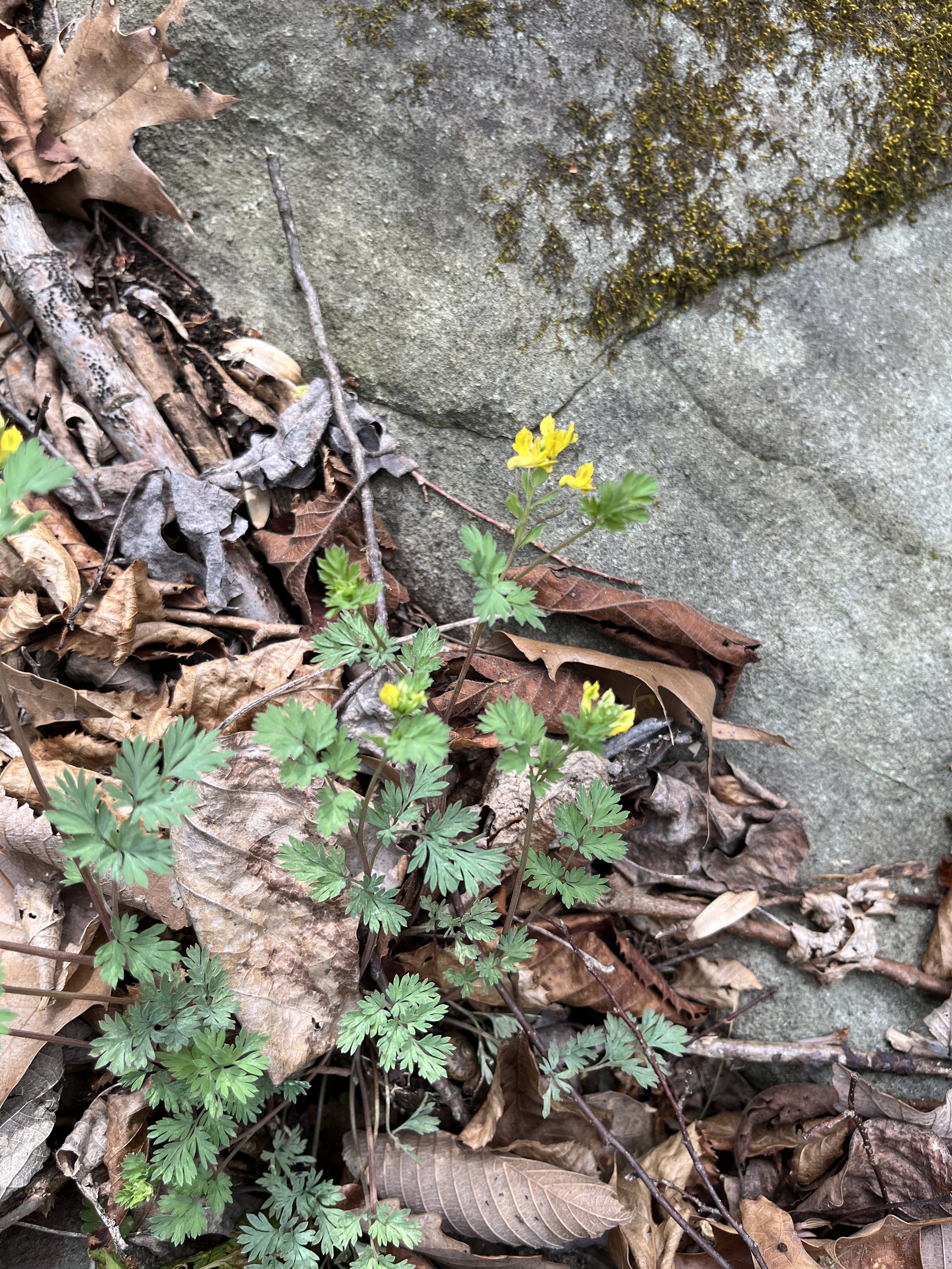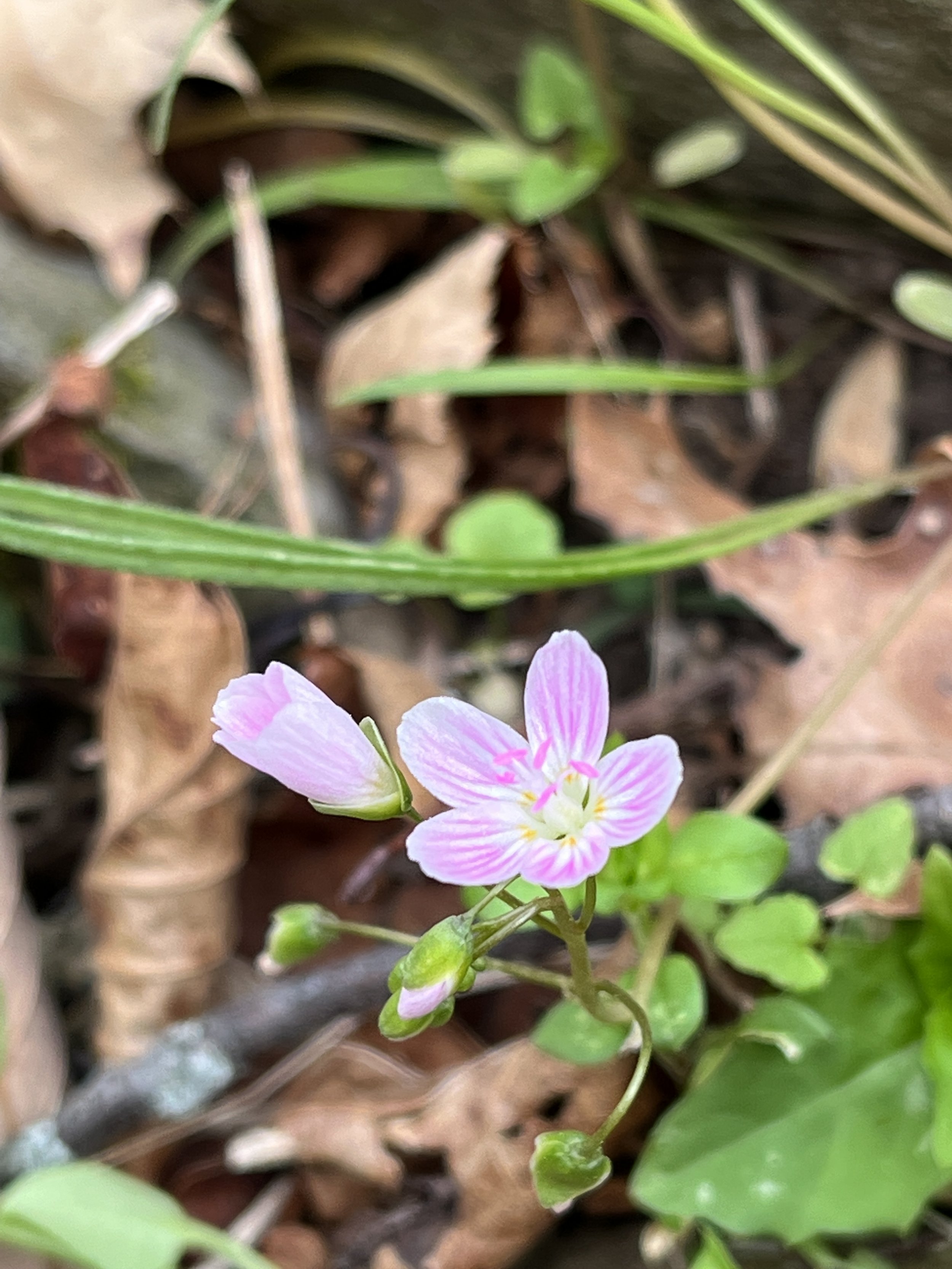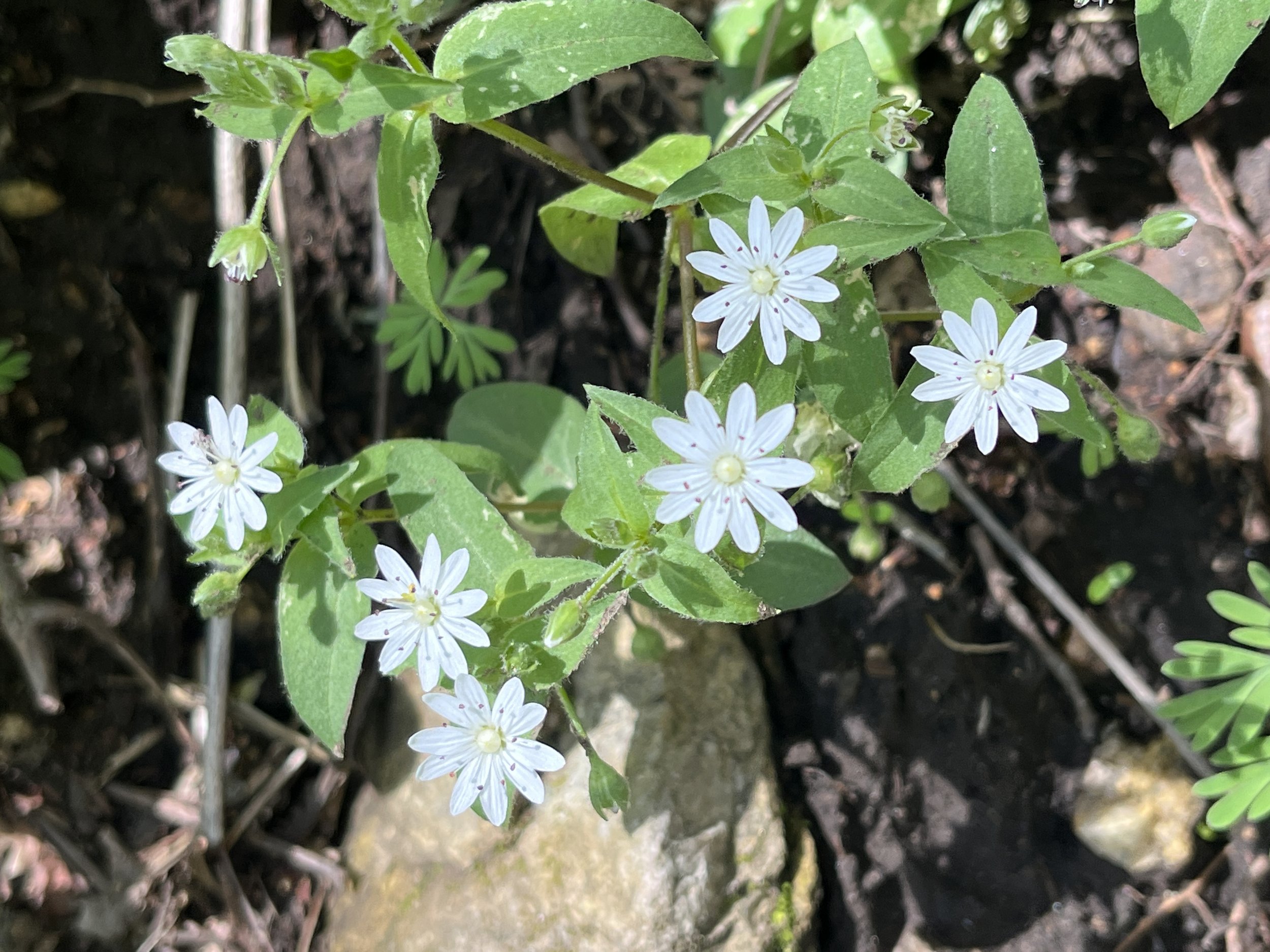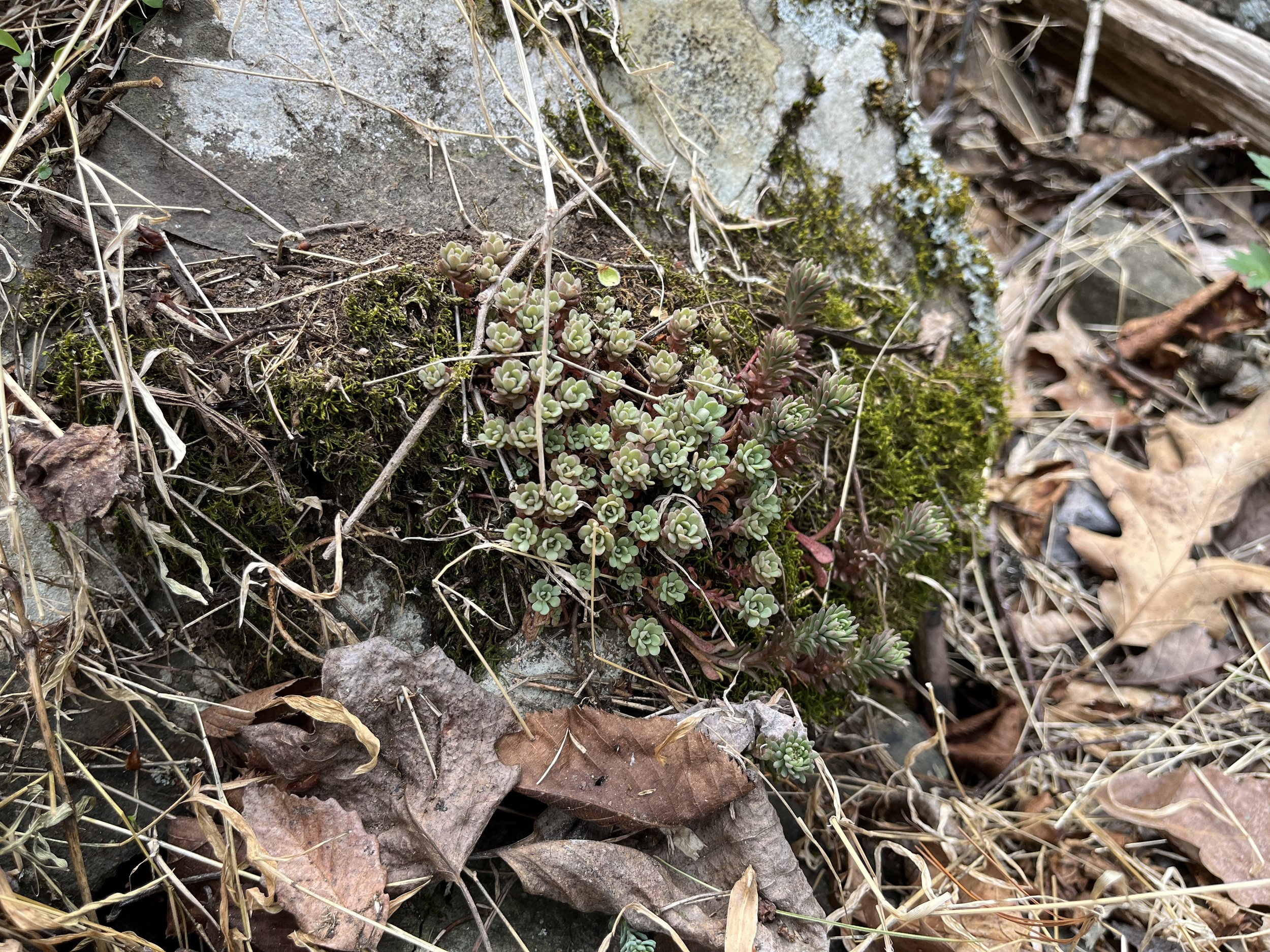Chasing Wildflowers in Shenandoah
Shenandoah River Valley
Wildflower adventuring in the Shenandoah Valley. Join me for a waterfall tea party and an unexpected foray into a magical forest full of bluebells!
Spring Break..sans kids
I hate to admit it, but it’s been just over 18 years since my husband and I took a vacation sans kids. I know that sounds crazy, but honestly when I look back, it feels kind of like about 2 months, tops. Maybe it’s my distorted sense of time (thanks ADD), but I really have a hard time believing it’s been 18 years.
Motherhood has been a whirlwind in all the best possible ways, but the baby birds are getting set to fly, and it’s time for my husband and I to start facing the empty nest. So, for spring break this year, we drove the kids up to DC to drop them off with their big sister for a few days, and then fly them home, which gave us a chance to enjoy a slow drive through the Shenandoah Valley chasing wildflowers all the way.
We rented a remote hideaway cabin (with a hot tub view) for a couple of days—which also included a lovely little waterfall hike! The spring wildflowers were in bloom all around and I had a ball seeing old friends and new.
I even saw some wildflowers I had never seen before, like Virginia Saxifrage and Early Meadow Rue. I almost didn’t even see that the rue was in bloom, because of the green flowers which camouflaged against all the lush spring greens.
Spring Celebration Forest Tea
Now, I understand why people gush over the cherry blossoms in DC, but I there’s no doubt that in the Shenandoah Valley, our native redbuds put on an equally impressive show! They were everywhere. They lined the highway in breathtaking arrays as we drove up and lit up the forest on our waterfall hike.
Redbuds in the forest
And did you know that redbud flowers are edible? They are in the pea family, and they are really quite tasty! They’re sweet and tangy. I recently learned that you can pickle them and eat them like capers--but you have to get them at the early bud stage for pickling. I adore capers, so I will defin put that on the list for next year! In the meantime, I decided that they would make for a nice ingredient for a forest tea, so we had an impromptu tea party at the waterfall. I also found some delicious, sweet cicely growing nearby, which has a subtle anise flavor. The redbuds and sweet cicely made for perfect companions in this sweet ‘spring celebration’ tea.
Spring Celebration Waterfall Tea
If you are interested in learning more about how to make waterfall tea—here is a reel that will show you how to make it…
The Bluebell Surprise!
When it was time to pack up and head home, we charted a wildflower hike on the route home, but a funny thing happened… Once we got down the mountain, and were out of internet range(!), we realized we had not gotten confirmation emails on the kids’ flights. The panic started to set in—did we actually purchase the tickets? Like, you know, did I push that last little button at the bottom of the page to confirm the purchase? Was there ever a confirmation email? Well, what could we do? It was either twenty minutes back up the mountain or twenty minutes backtracking to the town we had passed on the way in. We felt so incredibly stupid and were so frustrated. We opted to head back in the direction of the kids, so if we did have to drive back and get them, we would at least have a little bit of time saved. After about thirty minutes, we finally found a Starbucks with a signal. An hour and a half later(!), we were finally able to confirm the flights! I’ll spare you all the sordid details about long delays on the phone with the airline, etc.… but suffice it to say our teenagers (who were still asleep and wouldn’t answer their phones!) had received all the confirmation emails!?!?
OK, so I tell you all this to say that if this panicked snafu had not happened, we would never have seen the bluebells! Because we were so far behind, we had to scrap the planned hike and instead opted to make a stop at the Shenandoah River State Park. And oh my, I am sooo glad we did, because that was where we saw the bluebells run riot!
Virginia Bluebells
It was like a dream! I had no idea that Virginia bluebells could put on such an epic display. I have read about the bluebells in England that carpet the forests (on the bucket list for sure), but I didn’t know we had a parallel phenomenon here in the US. Of course, the English bluebells are a different flower species altogether. English Bluebells are a bulb in the hyacinth family (Hyacinthoides), while Virginia bluebells are in the Mertensia (Borage) family. English Bluebells do have an amazing scent, but aside from this, I think the North American bluebell display is likely just as impressive. There were literally bluebells as far as the eye could see. It was simply stunning, like a blue mist hugging the ground all around. I mean seriously, there should be epic poems or songs about this. Are there? I’ll have to go look that up. In the meantime, here is a little bit of folklore.
Virginia Bluebells by the Shenandoah River
Secret Stories of the Wildflowers: Virginia Bluebells
Virginia Bluebells are also known as Gentleman’s Breeches, Old Lady’s bonnets, Virginia Cowslip and Lungwort Oysterleaf. You know I love it when I see that word “wort”, because anytime you see the word wort because that means there’s always a secret story there! Wort, is the old English word for medicinal plant. Now here in North America, secret stories can be hard to find, but this common name makes it pretty easy to tell how it was used. Virginia bluebells were used to treat all manner of ….yes, lung issues. Native Americans used bluebells to treat tuberculosis and whooping cough, and the roots were also used as an antidote for poisons. And yes, their leaves, when cooked, apparently taste like oysters. I did read where one of the common names is Puccoon, which usually refers to a dye plant, so that makes me wonder about how it was used in that regard. Unfortunately, I didn’t find any other references about how it was used in this way.
Shenandoah River State Park
A Magical Color-Changing Flower!
Bluebells are pollinated by our native bees (bumblers and long-tongued bees), butterflies, hummingbird moths and ruby-throated hummingbirds as well. And it’s also interesting to note that bluebells are not always blue! They start out as pinkish buds but transform to that beautiful blue we know and love them by. Then, after pollination, they fade back to pink--which many scientists believe is the way that nature signals to the bees that the flowers are past pollination. Ha! It’s kind of like that expiration date on your milk carton, only much more beautiful.
Here is a little reel all about my bluebell experience…
A Chinese Horse Story
Well, I will never forget the magical bluebell mists of Virginia. I hope you get to see them in all their glory too--without the ticket stress, of course! But honestly, all that stress we had been completely consumed by just melted away as soon as we were in and among the bluebells. I told you they were magical!
As I was sitting and reflecting on the trip (so I could write this blog post), I realized that what we had experienced was a Chinese Horse. This is what we call blessings in disguise in my family. Have you ever heard the Chinese Horse story? Its an ancient Chinese tale about all about mishaps that ultimately turn out for the best. You can read the story here. There is so much wisdom in this story. I hope you can take it and use it to help you reframe your most frustrating moments! And may you always have a bed of magical bluebells to fall into when it’s all said and done!
Have you ever had a Chinese Horse experience that ended in Bluebells? I would love to hear about it! Let me know in the comments below!


